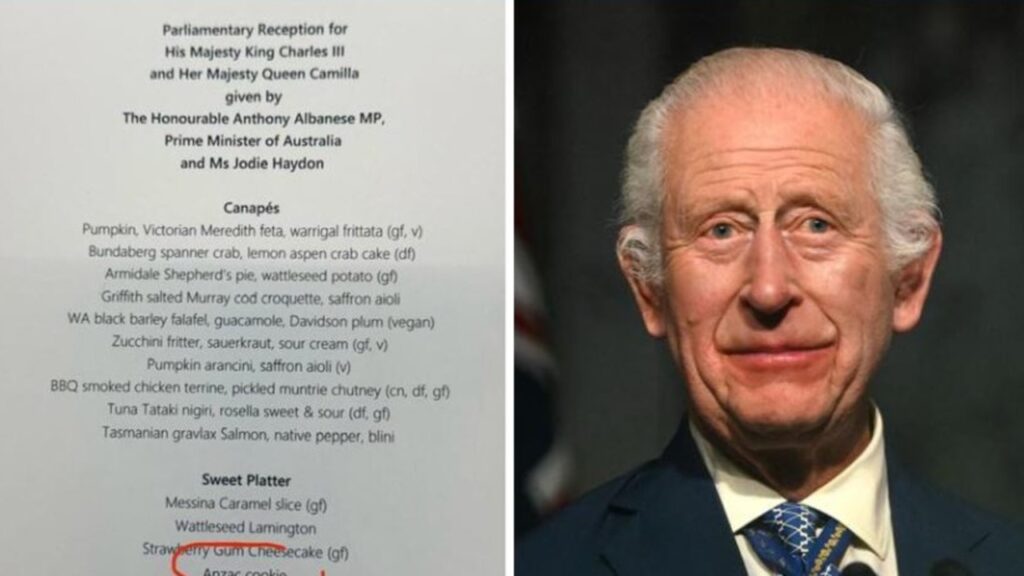Budget unleashes billions
Written by admin on May 14, 2024
The Reserve Bank could deliver a rate cut by Christmas if fresh inflation forecasts from the federal budget prove correct, but billions of dollars of additional spending unveiled by Treasurer Jim Chalmers on Tuesday evening could risk stoking price pressures.
Updated inflation forecasts show consumer price growth could return within the Reserve Bank’s 2 to 3 per cent inflation targeting band by year’s end – a full year ahead of the central bank’s estimates – and giving governor Michele Bullock latitude to cut rates sooner-than-expected.
But over the next financial year, Treasurer Jim Chalmers plans to tip an additional $11.7bn in spending into the economy, while at the same time boosting receipts by just $2.2bn, compared to the mid-year budget update.
The Treasurer’s cash splash will drag down the budget deficit next financial year by an additional $9.5bn.
The additional spending includes $2.6bn in slated energy bill relief, with $300 shaved off every household’s power bill next financial year.
While the support is expect to lop 0.5 percentage points off measured inflation, the measure risks adding to spending elsewhere in the economy and keeping prices elevated even longer.
RBA governor Bullock has previously warned that an untargeted spending spree by federal and state governments could further stoke inflationary pressures, a risk which in turn could push interest rates even higher.
Over, the four-year forward estimate period, $32.2bn of additional Commonwealth spending will be unleashed, dragging the deficit $24.3bn lower, compared to December’s forecasts.
As a result, government spending is expected to jump 3.4 per cent next financial year to $734.5bn, or 26.6 per cent of GDP primarily due to soaring spending demands across the National Disability Insurance Scheme, defence, health and aged care, and interest payments on debt.
After December’s mid-year budget update forecast a wafer deficit of $1.1bn for this financial year, 2023-24, Tuesday’s budget showed a surplus of $9.3bn – the second consecutive surplus in almost two decades.
But as spending pressures on the budget grow and record revenue windfalls dwindle, deficits are expected to deepen over the forwards, with a quartet of budget deficits cumulatively worth $112.8bn – an $11.8bn deterioration on December’s forecasts.
The budget is not expected to then return to surplus until 2034-35.
With the nation’s finances sinking further into the red, gross debt will push north of $1 trillion by 2025-26, or 35.1 per cent of GDP, while net debt – a more widely used measure of the Commonwealth’s abilities to repay its debts – will push to $697.5bn by 2027-28, 21.9 per cent of GDP.
Stripping way the cyclical impacts of temporary impacts to the bottom line, including record personal income tax collections and surging company tax receipts, the budget remains structurally in deficit.
With inflation to retreat sooner-than-expected, workers are expected to enjoy a real wages growth, the forecasts show. Pay packets will grow at an annual rate of 3 ¼ per cent from in the two years to mid-2026, before rising to 3.5 per cent in the two years following
However, despite a more optimistic inflation outlook, economic growth is expected to be weaker in the near term, with the economy expanding by just 2 per cent next financial year and remain sluggish through the forwards.
Read related topics:Reserve Bank







